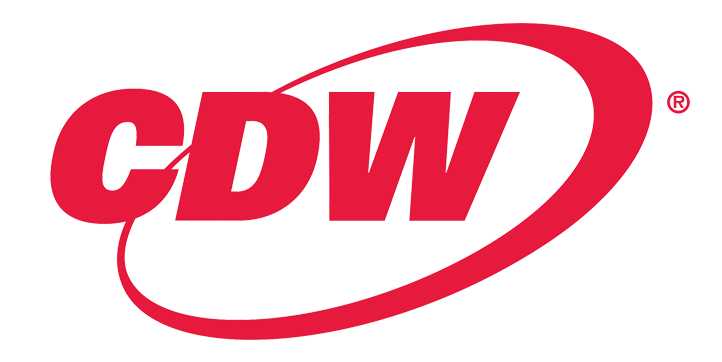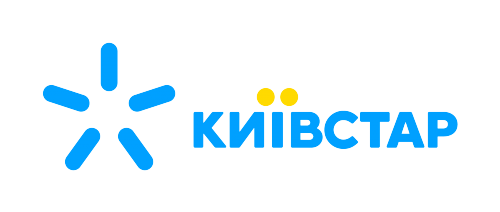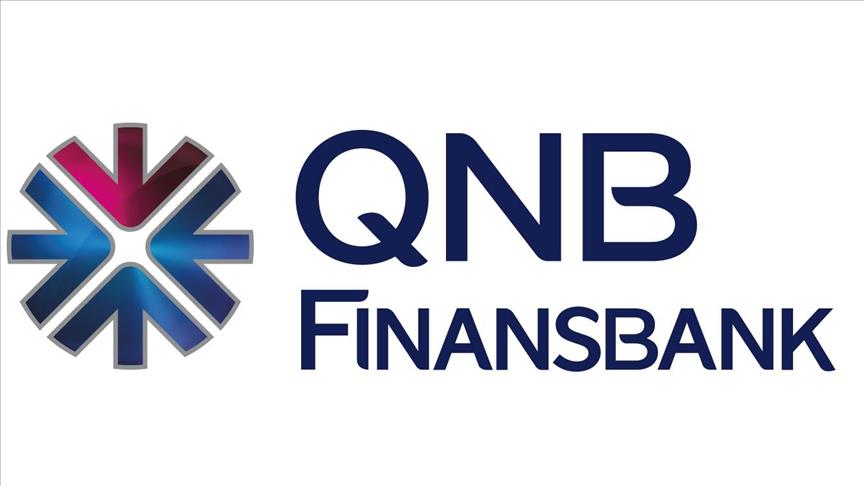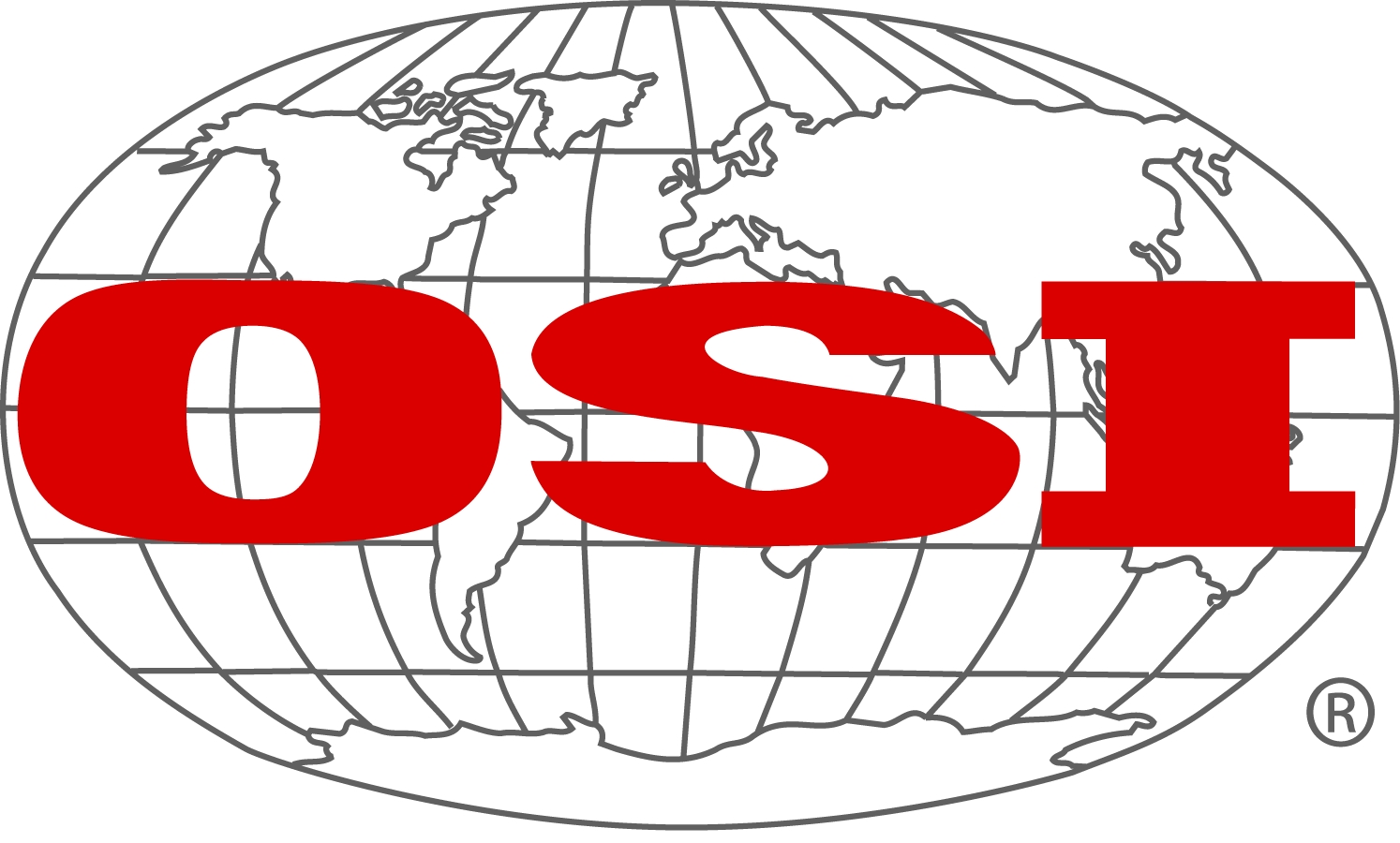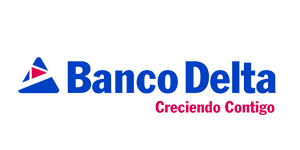Forcepoint DLP for IT company
Categories
Description
The business challenges that led the profiled company to evaluate and ultimately select Forcepoint Secure Web Gateway:
- Experienced the following challenges that prompted them to choose Forcepoint Secure Web Gateway:
- A lack of scalability of their previous security solution
- Needing advanced capabilities to protect growing mobile and global workforce
- Evaluated or previously used the following vendors before choosing Forcepoint Secure Web Gateway:
- Symantec/Blue Coat
- McAfee Web Gateway
- Has a hybrid deployment (cloud and on-premises) location strategy for web security.
- Identifies the following as the capabilities that carried the most weight when they chose to migrate to Forcepoint Secure Web Gateway:
- Efficacy of solution
- Deployment flexibility
- Rates the implementation of Forcepoint Secure Web Gateway as extremely easy.
- Rates Forcepoint Secure Web Gateway as extremely effective.
- Achieved the following results after using Forcepoint Secure Web Gateway:
- Expanded security coverage with integrated modules like Cloud Access Security Broker (CASB), Advanced Malware Detection (AMD), Data Loss Prevention (DLP)
- Experienced enhanced reporting functionality within a centralized reporting system
Details
Business tasks
Ensure Security and Business Continuity
Problems
Risk or Leaks of confidential information
Risk of data loss or damage
